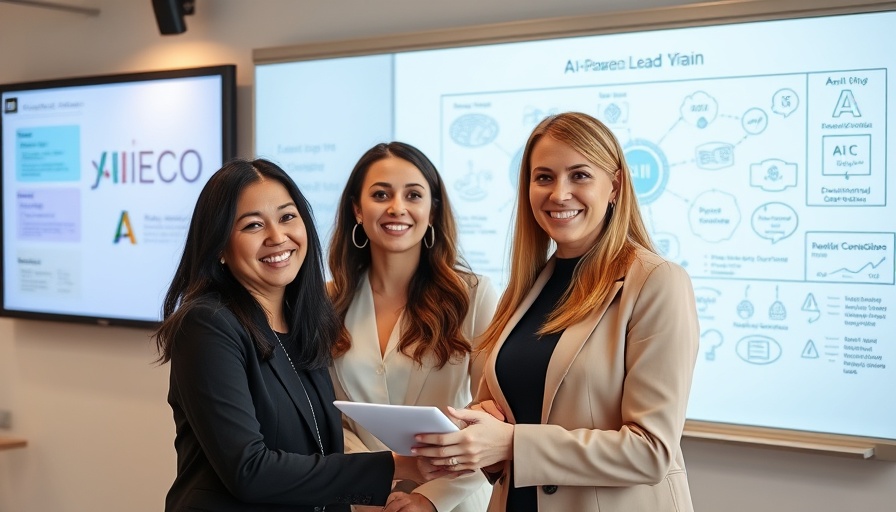
The Rise of Open Source AI: What Does It Mean for Africa?
In recent years, the realm of artificial intelligence (AI) has expanded tremendously, with open source models like Granite, Llama, and Mistral driving innovation. One notable repository is Hugging Face, hosting over a million models that allow users to customize solutions for specific tasks—all without incurring high costs. But is this empowerment truly reaching Africa's tech landscape? In a world where open source should signal freedom, how does it affect local businesses and educational institutions?
In 'What Open Source AI Really Means: Transparency, Freedom, & Impact', the discussion dives into the profound implications of open source AI, prompting us to analyze its relevance and potential in the African context.
Understanding the Core Components of Open Source AI
At its heart, open source AI emphasizes transparency, freedom, and data openness. However, many African tech enthusiasts and educators remain unfamiliar with these concepts. Transparency involves providing access to source code, methodologies, and even the training datasets used to refine these models. Freedom indicates that users can freely use, study, modify, and share the model without restrictions, making it accessible for further development. Finally, data openness stresses the need for comprehensive details on training data to ensure fairness and mitigate biases.
Challenges Facing Open Source AI in Africa
Despite its many benefits, open source AI presents challenges specific to the African context. A significant roadblock is the definition of model openness. Many models limit access to just the weights or the ability to download without full source code. Additionally, legal and ethical issues hinder the disclosure of training data, creating a dilemma for developers who wish to ensure fairness in their models.
Furthermore, the infrastructure required to develop and train large models can be a barrier for small businesses or educational institutions. Many organizations lack the necessary computing power and access to GPUs, limiting their contributions and adoption of these open source models. As a result, while some entrepreneurs aim to engage deeply with AI, they find themselves grappling against these technical limitations.
Real-World Applications: Bridging the Gap Between Data and Impact
Interestingly, the advantages of open source AI extend beyond the tech sphere. For instance, consider a scenario where a model created by engineers in Asia is utilized by a nonprofit organization in Texas to aid grant writing. The open ecosystem of AI offers a unique opportunity for African developers to re-contextualize such models to address regional challenges, such as improving funding access for local grassroots initiatives.
This illustrates the potential for open source AI to bridge the gap between advanced technological methods and on-the-ground realities in Africa, making it possible for local communities and businesses to leverage unique datasets and insights.
A Roadmap for Embracing AI Policy and Governance
As the African landscape becomes increasingly involved in open source AI, it is crucial to develop robust AI policy and governance frameworks tailored to the continent's unique challenges. With an emphasis on transparency and ethical considerations, African policymakers can foster an environment where innovation flourishes while safeguarding against biases in AI systems.
Establishing guidelines that require models to disclose training data and methodologies can pave the way for greater inclusivity and accessibility. This not only helps build trust in AI systems but also empowers African developers and technicians to contribute meaningfully to the global AI landscape.
Conclusion: The Future of Open Source AI in Africa
Open source AI offers immense potential for African businesses, educators, and policymakers. The benefits stretch beyond technology, reaching into social betterment by fostering collaboration among various stakeholders. As the continent grapples with defining and refining its approach to AI, it is crucial to focus on transparency, freedom, and ethical considerations, ensuring that the burgeoning AI ecosystem serves the needs of local communities. By harnessing the unique opportunities presented by open source AI, Africa can not only innovate technologically but also drive sustainable social impact.
Want to be part of the conversation? Share your thoughts on AI policy and governance for Africa!
 Add Row
Add Row  Add
Add 




Write A Comment